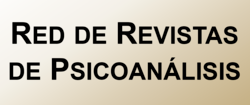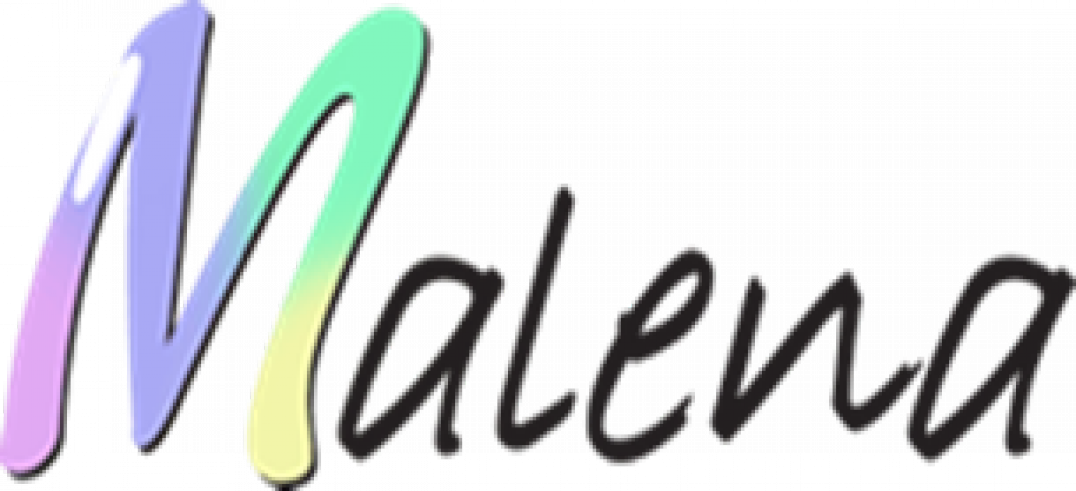Editorial Standards
EDITORIAL GUIDELINES
COMPONENTS, STANDARDS, AND WRITING STYLE FOR ARTICLES
COMPONENTS
Length: between 7 and 10 pages.
File: Word.
Font: Times New Roman 12.
Line spacing: 1.5.
Alignment: left-aligned (not justified). Do not use indentation.
Header:
1- Title of the article: centered and in bold. The maximum number of words will be 15.
2- Name: of the author, university and/or institution they belong to, and email.
3- Abstract in Spanish and English of up to 150 words.
The abstract should not repeat verbatim contents of the work, nor serve as an introduction to it or be limited to enumerating the sections it contains; instead, it should provide an overview of the thematic points it addresses, inviting the reader to take an interest in the material. We suggest synthesizing the contents and conclusions of the writing, referring to new data presented, and especially alluding to the relevance of the manuscript.
4- Keywords: Up to five keywords in lowercase, separated by commas. The keywords should be in lowercase, avoiding the inclusion of proper names.
GUIDELINES AND WRITING STYLE:
DIRECT QUOTES: A quote is considered direct when fragments or textual ideas are extracted from a text. Omitted words or phrases are replaced with ellipses [...]. For this type of quote, it is necessary to include the author’s last name, the year of publication, and the page number from which the text is extracted. The format of the quote will vary depending on the emphasis—on the author or the text.
1- QUOTES OF LESS THAN 40 WORDS
Note: When the quote has less than 40 words, it is written within the text and in quotation marks, without italics. A period is written after concluding the sentence that includes the quote and all the data; otherwise, continue the sentence after the parentheses.
1,a- Quotes based on the author:
Example: Freud (1937) states that the conviction in the existence of the unconscious is not enough to complete a cure, but he encounters the fact that the incentives received in the analysis should not cease once it is over, stating that “the processes of reconstitution of the ego will continue spontaneously in the analyzed" (p. 250).

1,b- Quotes based on the text:
Example: The non-closure of meaning produces effects of resonance, enabling a novel production, a transmission of a living knowledge (Córdoba & Epsztein, 2019). This is not without professors who inhabit university spaces, allowing themselves to be guided by their desire. “The question of the psychoanalyst's knowledge is not in any way knowing whether it articulates or not, but knowing where one must be to sustain it” (Lacan, 2012 ⟮1972⟯, p. 44).

2- QUOTES OF MORE THAN 40 WORDS
2,a- Quotes based on the text: Quotes that have more than 40 words are written separately from the text, with a left indent applied to the paragraph and without quotation marks. The size is maintained. At the end of the quote, the period is placed after the data. Similarly, the organization of the data may vary depending on where the emphasis is placed, just as in the previous case.


2,b- Quotes based on the author


PARAPHRASED QUOTES: In a paraphrased quote, the ideas of an author are used, but in the writer's own words. In this citation, it is necessary to include the author's last name and the year of publication. It may also vary according to the emphasis given. A paraphrased quote from the previous example might be:
Example of a paraphrased quote based on the TEXT: The transmission of psychoanalysis is not directed toward a specific other but rather leaves open that gap so that those within those walls may interpret the message. In other words, the word takes on a certain effect of cause of desire, provided there is someone there who listens and becomes involved. Lacan plays on words between cause (cause) and to speak (causer) to convey that in the speaking being, the structural lack, the objet a, is not a metaphysical position but rather the ongoing effect of the parlêtre being captured by language. In this way, the cause is always what remains to be produced each time (Fridman, 2010).

Example of a paraphrased quote based on the AUTHOR: Now then, Laurent (1999) argues that analysts have always been encouraged to integrate and circulate within the University, seeking an allied position there to be able to verify the effects of their teaching. This raises the following question: What effects are we referring to? How can we think about the transmission of psychoanalysis in the university context, distancing it from mere learning?

GUIDELINES, USE OF ITALICS AND WORDS IN ANOTHER LANGUAGE
Notes: minimal usage; apply only when emphasizing or expanding on an aspect/concept that requires greater extension. Never use a footnote to indicate a bibliographic reference.
Italics: the use of italics in the text is discouraged; except for concepts that are neologisms and for words or expressions in another language. For concepts considered central or to be emphasized, quotation marks should be used when they appear for the first time.
Words in another language: Check style, grammar, and English language spelling and translation.
REFERENCES
References are a list containing complete information on sources cited in the text, allowing them to be identified and located to verify or complement the information if needed. What is the difference between a reference list and a bibliography? In a reference list, the author includes only those sources they used in their work.
In this sense, “a reference list cites works that specifically support a particular article. In contrast, a bibliography cites works that provided a foundation or are useful for further reading, and may include descriptive notes.” (American Psychological Association, 2002, p. 223). In APA style, references are used.
Important! All authors cited in the body of a text or paper must match the reference list at the end; an author should never be referenced if not cited in the text and vice versa. The reference list is organized alphabetically, and each entry must have a hanging indent. For referencing publication numbers or volumes, Arabic numerals must be used instead of Roman numerals.
Examples:
- BOOK

- JOURNAL

- MAGAZINE ARTICLE

Note: The month and year should be included for magazines with monthly publications. For daily or weekly publications, the day should be included.
OTHER TYPES OF TEXT


STYLE MANUAL - APA GUIDELINES
To access the APA guidelines on which this document is based, go to the following link: Style Manual published online by the Javeriano Writing Center, or visit the Purdue Online Writing Lab website.









